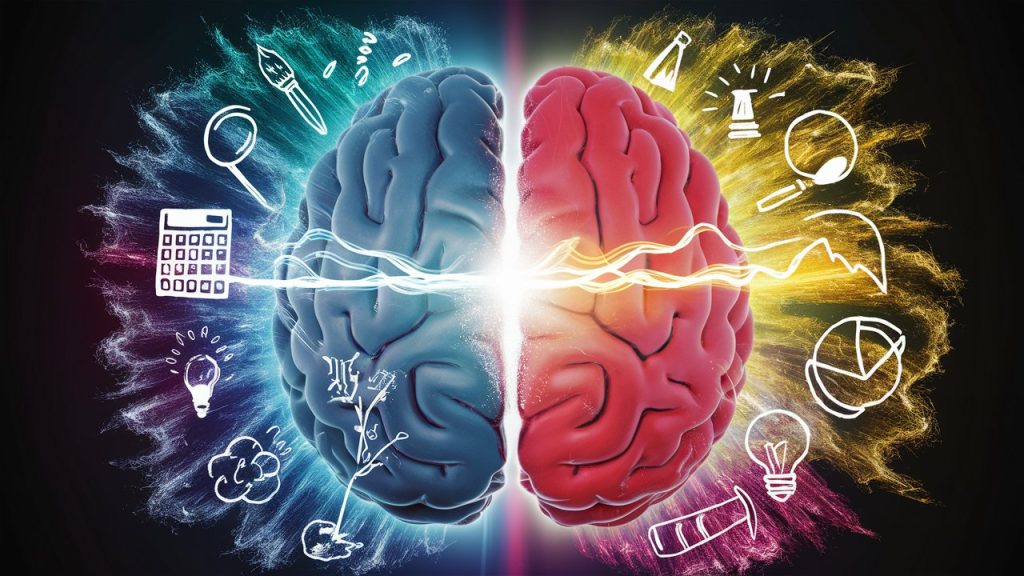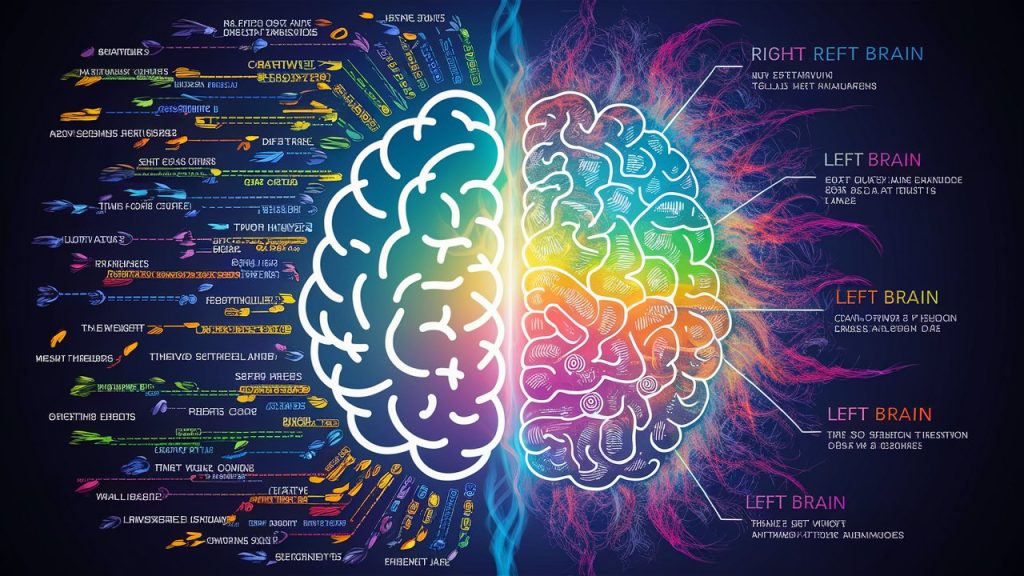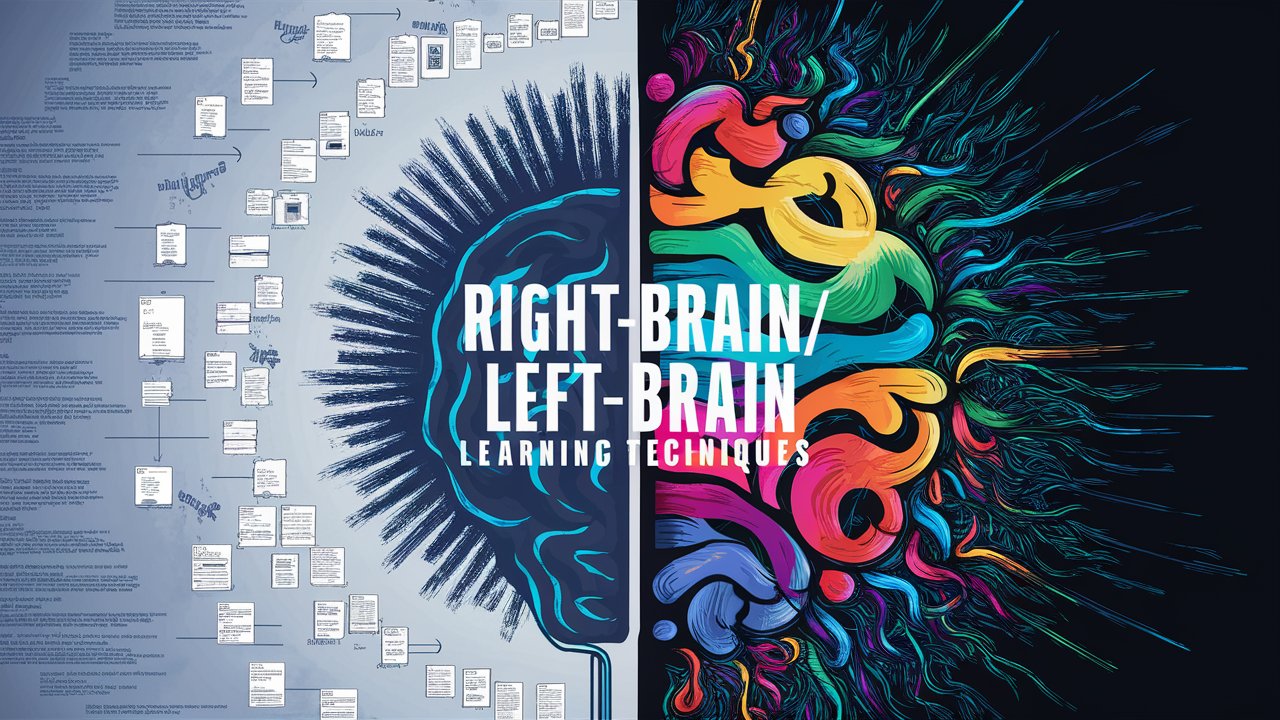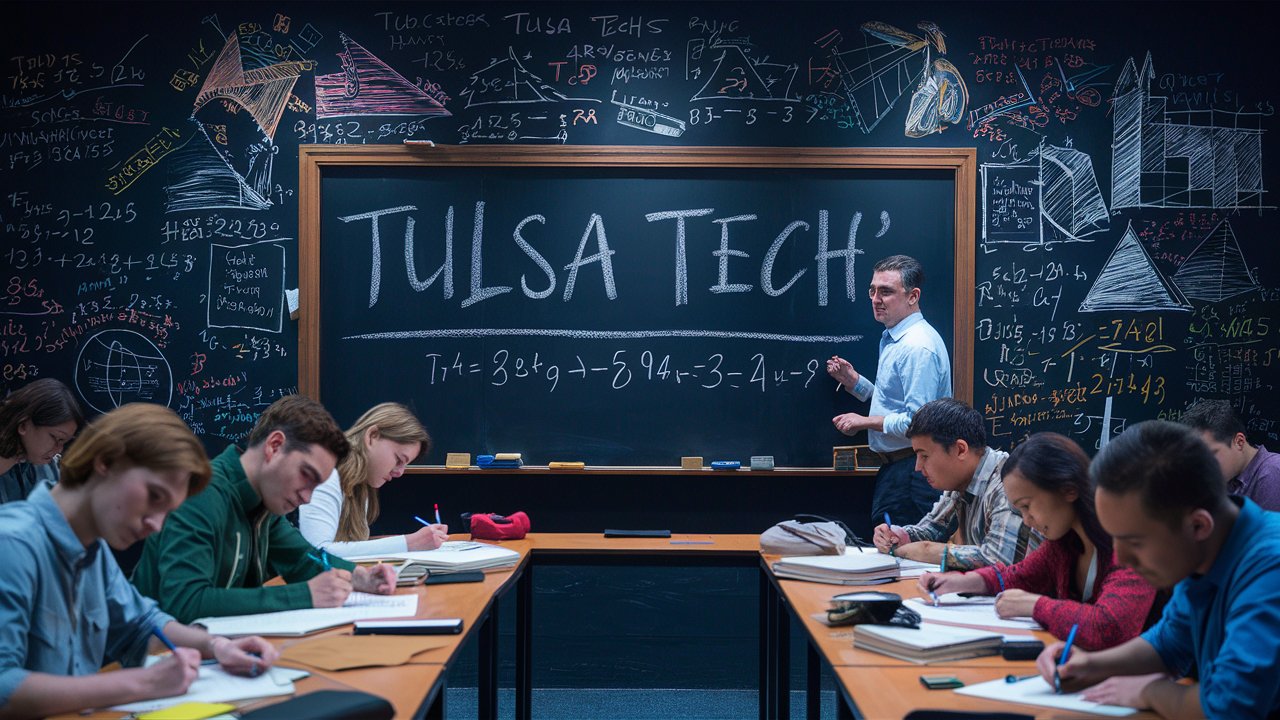Table of Contents
The concept of “Right-Brain/Left-Brain Learning Techniques” is rooted in the idea that each side of the brain controls different types of thinking. The right brain is known for creativity and imagination, while the left brain handles logic and analytical tasks. Incorporating techniques that engage both hemispheres can unlock your full potential and enhance your creative and logical abilities. This article will explore various methods to balance and strengthen these brain functions for a more effective learning experience.
Understanding the Right-Brain/Left-Brain Theory

The right-brain/left-brain theory suggests that individuals tend to be either right-brained or left-brained, meaning one side of their brain is dominant. Understanding this concept is crucial for applying learning techniques that stimulate both hemispheres.
Right Brain Characteristics
The right brain is frequently linked to the processing of emotions, creativity, and intuition. It recognizes faces, expresses emotions, and understands visual imagery. Right-brained individuals are typically more imaginative, artistic, and holistic in their thinking.
Left Brain Characteristics
In contrast, the left brain is linked to logical reasoning, language processing, and analytical thinking. It handles tasks such as reading, writing, and mathematical computations. Left-brained people tend to be more organized, detail-oriented, and methodical in their approach.
Techniques to Engage the Right Brain
To tap into your creative potential, engaging the right brain with activities that stimulate imagination and holistic thinking is important.
Mind Mapping
Mind mapping is a visual tool that helps you organize ideas creatively. It allows you to make connections between concepts and see the big picture. Using colors, images, and branching diagrams, you can engage your right brain and enhance your memory and creativity.
Visualization Exercises
Visualization involves creating mental images to reinforce learning. Whether trying to remember a concept or plan a project, picturing it in your mind helps engage the right brain. This technique is especially useful for students and professionals who need to retain complex information.
Music and Art
Incorporating music and art into your learning routine can significantly stimulate the right brain. Listening to music while studying or engaging in drawing or painting can boost creativity and help you think more abstractly.
Techniques to Engage the Left Brain
The left brain thrives on structure, logic, and sequential processing. Strengthening this side of the brain can enhance your analytical abilities and improve problem-solving skills.
Structured Learning
Structured learning involves breaking down information into logical steps. This technique is beneficial for tasks that require detailed analysis, such as solving math problems or writing essays. Organizing your thoughts sequentially engages the left brain and improves comprehension.
Critical Thinking Exercises
Critical thinking exercises like puzzles, debates, and logical reasoning tasks are great for strengthening the left brain. These activities require you to analyze information, evaluate perspectives, and make evidence-based decisions.
Language-Based Learning
Engaging in language-based activities, such as reading, writing, and verbal communication, can also stimulate the left brain. Summarizing information, writing essays, and participating in discussions are effective ways to boost your logical and linguistic skills.
Integrating Right-Brain and Left-Brain Techniques

While focusing on strengthening each hemisphere individually is beneficial, the real power comes from integrating right-brain and left-brain techniques. This balanced approach ensures that you’re creative and intuitive but also logical and analytical.
Dual Coding
Dual coding involves using both verbal and visual information to enhance learning. For example, combining written notes with diagrams or visual aids helps engage both hemispheres, leading to better understanding and retention.
Problem-Based Learning
Problem-based learning encourages the use of both sides of the brain. It involves analyzing a problem logically and then brainstorming creative solutions. This approach allows you to think critically while also tapping into your creativity.
Collaborative Projects
Collaborative projects that require teamwork often involve both right-brain and left-brain activities. While working on a project, you might use analytical skills to plan and organize and creative skills to develop innovative ideas and solutions.
The Benefits of Right-Brain/Left-Brain Learning Techniques
By incorporating right-brain/left-brain learning techniques into your routine, you can unlock a range of benefits that enhance your overall cognitive abilities.
Enhanced Problem-Solving Skills
When you engage both hemispheres of the brain, you’re better equipped to solve complex problems. The left brain helps you analyze the situation logically, while the right brain allows you to think creatively and explore unconventional solutions.
Improved Memory and Retention
Right-brain and left-brain learning techniques can also improve your memory and retention. Visual and creative methods engage the right brain, making information more memorable, while the left brain’s logical approach helps organize and store that information effectively.
Balanced Cognitive Development
These techniques promote balanced cognitive development, leading to a more well-rounded intellectual capacity. This balance allows you to excel in various areas, from academics to personal growth.
Also read: Blackboard Tulsa Tech: Unlocking the Secrets to Interactive Learning and Success.
Incorporating right-brain/left-brain learning techniques into your educational routine can significantly enhance your cognitive abilities. By understanding and applying these techniques, you can unlock hidden potential, improve your problem-solving skills, and achieve a more balanced and effective learning experience.





